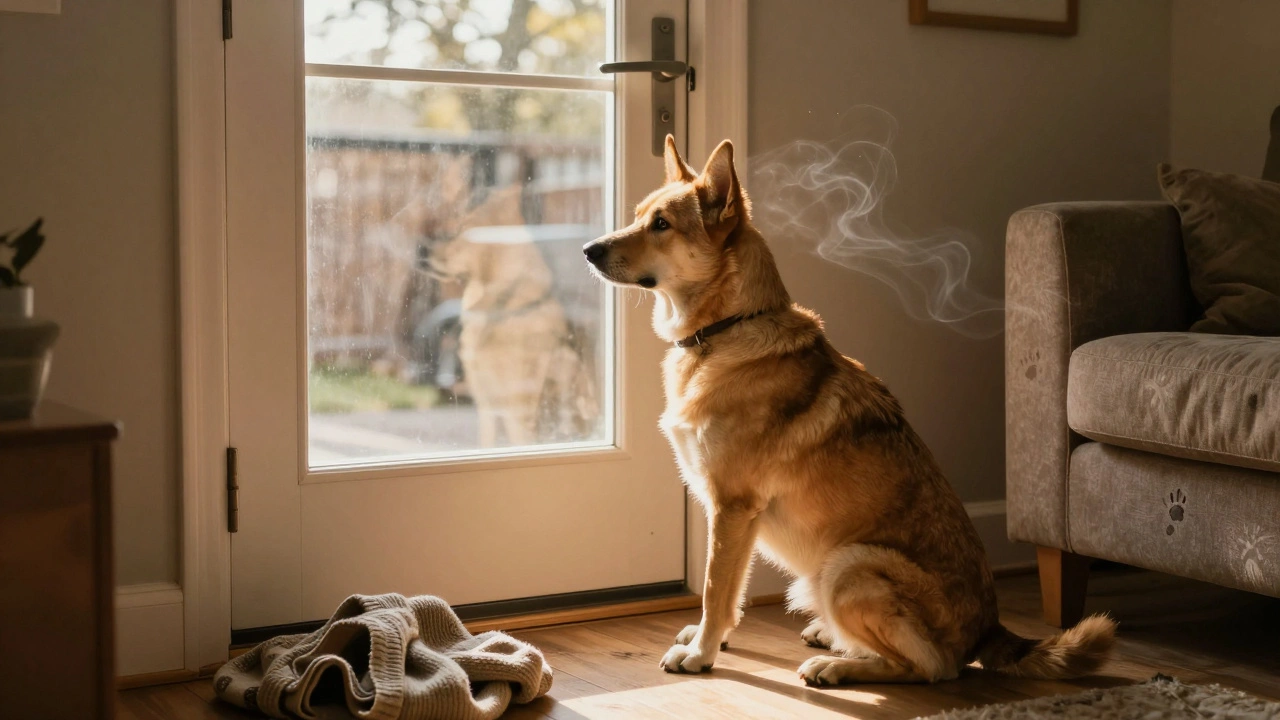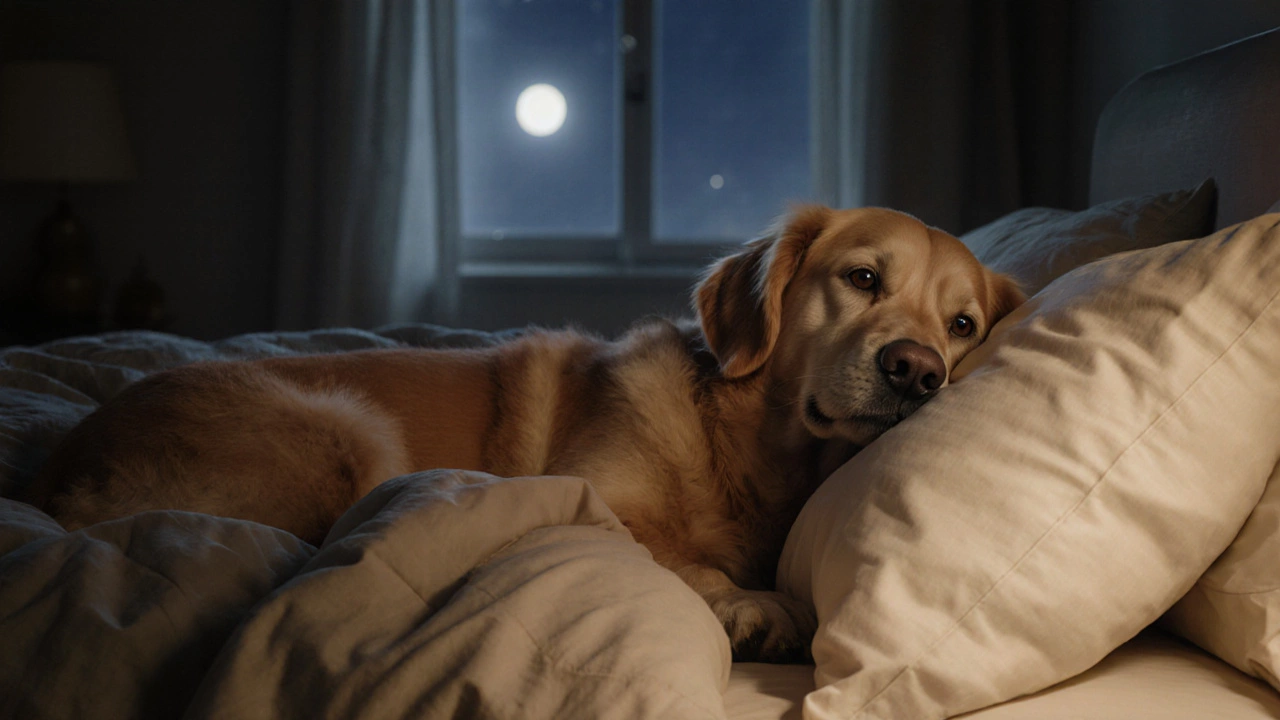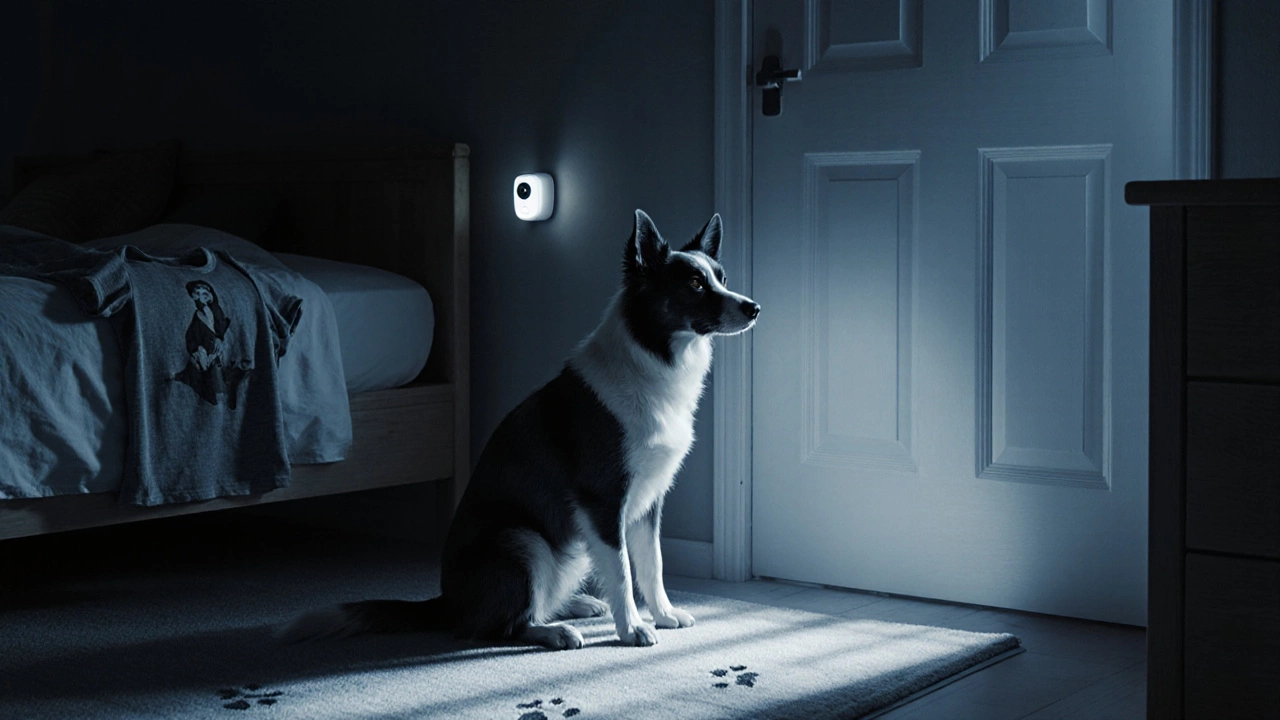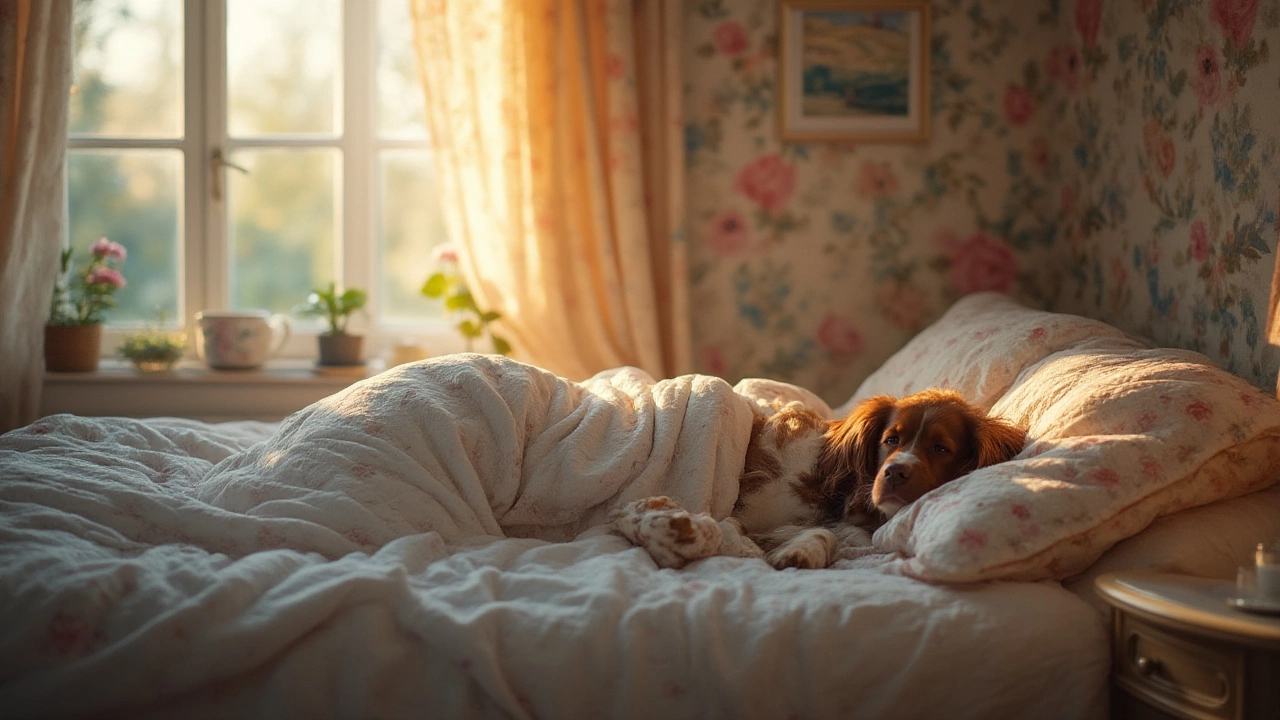Dog Separation Anxiety: Simple Ways to Calm Your Pup
Ever notice your dog whining, pacing, or barking the moment you pick up your keys? That’s classic separation anxiety. It’s stressful for both of you, but you can break the cycle with a few easy changes.
Build a Calm Routine
Dogs thrive on predictability. Start by making your departures low‑key. Keep greetings short and neutral – no big hugs or excited farewells that signal a long stretch alone.
Before you leave, give your dog a good bout of exercise. A tired pup is less likely to obsess over the empty house. A 20‑minute walk or a quick game of fetch burns energy and helps them settle down.
Create a safe zone that feels like a cozy den. A crate, a quiet corner with a favorite blanket, or a gated area works. Fill it with a chew toy or a puzzle feeder that releases treats slowly. The toy keeps them occupied and provides a positive distraction.
Gradual desensitization works wonders. Practice short exits – step out for a minute, then return. Slowly increase the time away over several days. Each successful stretch builds confidence that you’ll come back.
Tools That Can Help
Calming collars that release synthetic pheromones can reduce nervous behavior. They’re easy to clip on and work best when used consistently.
Background noise masks the quiet that can trigger anxiety. Leave a radio on low volume, a TV playing nature sounds, or a white‑noise machine. The steady hum makes the house feel less empty.
If your budget allows, a dog‑specific calming supplement (like L‑theanine or valerian root) can smooth nerves. Always check with a vet first.
Interactive toys are a game changer. A treat‑dispensing ball or a snuffle mat turns your dog’s focus toward the puzzle, not the missing owner. Rotate toys so they stay novel.
When you’re away, try a short video call. Some dogs recognize their owner’s voice and feel reassured. Keep the chat brief and soothing – don’t overdo it, or it can become another source of excitement.
Remember, consistency is key. Stick to the same routine, use the same calming aids, and give your dog time to adjust. Within a few weeks most pups show noticeable improvement.
If anxiety persists despite these steps, a vet or professional trainer can suggest deeper interventions, such as behavior therapy or prescription medication.
With a calm goodbye, a comfy spot, and the right tools, you’ll watch your dog relax faster and stay happier while you’re out. Your pup will thank you with a wag, not a whine.
Can Dogs Tell How Long You're Gone? What Science Says About Their Sense of Time
Dogs don't count hours, but they absolutely notice when you're gone. Learn how scent, routine, and predictability shape their sense of time-and what it means for your next holiday.
Why Does My Dog Sleep Next to My Bed? Dog Behavior Explained
Your dog sleeps next to your bed not because it’s spoiled, but because it trusts you, feels safe with your scent, and sees you as its pack leader. Here’s why-and what to do if you want to change it.
Is It Cruel to Leave a Dog Alone Overnight?
Leaving a dog alone overnight isn’t always cruel, but it can cause anxiety, accidents, and stress. Learn the signs your dog is struggling and what you can do instead-without guilt.
Does Sleeping With Your Dog Cause Separation Anxiety? What Science Says
Uncover whether letting your dog sleep in your bed truly causes separation anxiety, and get science-backed advice to keep your furry friend happy.



